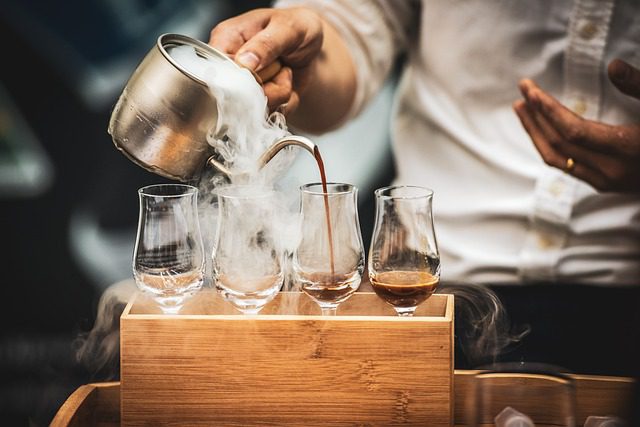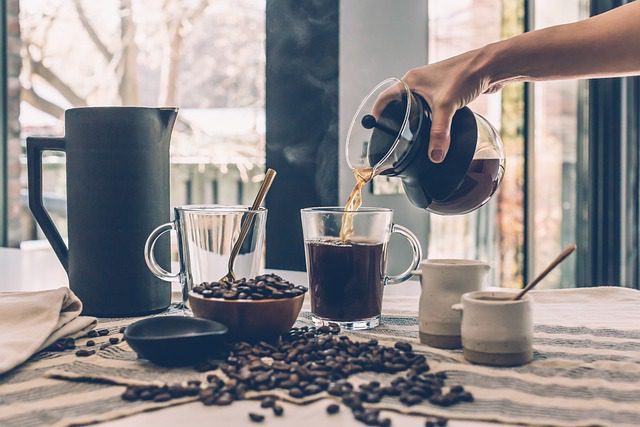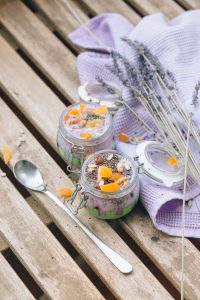Do you ever find yourself wandering through the coffee aisle wondering how all these different varieties of coffee got their start? It’s an intriguing subject that can leave us fascinated by the origin of our daily cup of brew. This article will explore the many different styles and varieties of coffee worldwide.
From beans roasted to perfection for Italian espresso to French-style nutty flavors, each type has its unique character and flavor profile. We’ll also look at brewing techniques, various coffee’s health and nutritional benefits, and tips on choosing which type is best for you. So grab a mug and join us on a journey from bean to brew – it will be one delicious adventure.
Table of Contents
A Brief Overview of the Different Types of Coffee Beans
Coffee lovers worldwide will agree that the perfect cup of coffee is worth its weight in gold. The delightful aroma, the smooth, rich taste, and the caffeine kick to get us going in the morning are the cherished rewards of brewing the perfect cup of coffee. It is essential to know that there are different types of coffee beans, each with its unique characteristics, flavors, and caffeine content. The three primary types of coffee beans are Arabica, Robusta, and Liberica.
Arabica beans are mild, aromatic, and have low caffeine content. They account for around 60% of the world’s coffee production and are known for their fruity and floral taste. On the other hand, Robusta beans are more caffeine-packed and acidic and are known for their bitter taste. They are used in espresso, blends, and instant coffee. Liberica beans are the least known among coffee enthusiasts, but they are robust and bold in taste with a unique smoky flavor.
A coffee’s flavor and unique characteristics are attributed to the type of bean, the roast, and the brewing method, making it an essential factor in enjoying a delicious cup of coffee. With decaf k cups, you can enjoy flavorful and aromatic coffee without the caffeine.
Exploring the Different Roasting Profiles of Coffee Beans
Roasting is essential in coffee production, as it brings out different beans’ distinct aromas and flavor profiles. The roasting process involves heating green coffee beans to a specific temperature, causing them to change color, texture, and taste. There are four primary roast profiles: light, medium, medium-dark, and dark.
Light roast beans have a lighter color and are roasted for a shorter time, preserving their fruity and floral flavors. These beans produce a light-bodied coffee with high acidity and caffeine content. Medium roast beans are slightly darker and are roasted for longer, creating a more balanced flavor profile. They have medium acidity, body, and caffeine content.
Medium-dark roasts are rich and dark brown, bringing out coffee’s nutty and chocolatey flavors. These beans have a fuller body, lower acidity, and slightly more caffeine than medium roasts. Dark roast beans have a dark brown color and produce bold, smoky flavors with low acidity and a full-bodied taste.
Understanding the Different Brewing Methods for Different Types of Coffees
The brewing method is another crucial factor affecting your coffee’s final taste. The most popular brewing methods are drip, French press, and espresso. Drip-brewing involves pouring hot water over ground beans in a filter to extract flavors and aromas slowly. This method is commonly used for light and medium roasts.
French press involves steeping ground coffee in hot water and pressing the plunger to separate the final brew from the grounds. It is ideal for medium-dark and dark roasts, as it extracts more oils and flavors from the beans.
Espresso is a concentrated form of coffee that requires finely ground beans and high pressure to extract bold, rich flavors. This method is perfect for dark roasts and is the base for coffee-based beverages like lattes and cappuccinos.

The Benefits of Single-Origin & Fair Trade Coffee
Single-origin coffee refers to beans sourced from a specific region or farm, encapsulating the essence and character of that particular location. This distinct origin imparts a unique flavor profile to the coffee, showcasing the terroir and cultivation practices employed by the dedicated farmers.
Coffee enthusiasts highly seek after renowned for their exceptional quality, single-origin coffees. The meticulous attention to detail during cultivation and processing results in a cup rich in complexity and depth of flavors. From the earthy and chocolatey notes of South American beans to the bright and fruity tones of African varieties, each sip is a journey through the diverse world of coffee.
Moreover, choosing Fair Trade-certified coffee ensures that the farmers who dedicate their lives to growing and producing these exquisite beans are fairly compensated for their efforts. This certification guarantees ethical standards, including fair wages and safe working conditions. By selecting single-origin and fair-trade coffee, not only do you support the livelihoods of small-scale farmers, but you also get to savor a delightful cup of coffee that leaves a positive impact on the world.
Discovering New & Interesting Coffee Blends
Coffee blends combine different types of beans, roasts, and brewing methods to achieve a unique taste and flavor. These blends allow for endless experimentation and creativity, creating exciting new flavors catering to various preferences. From bold and punchy espresso blends to milder and smoother breakfast blends, there is a coffee blend for everyone.
Some popular coffee blends include mocha java, which combines the rich flavors of African and Indonesian beans, and French roast, a dark and intense blend perfect for espresso-based drinks. With so many possibilities, trying out different coffee blends is an adventure.
Featured Image by rahulsankraft from Pixabay




